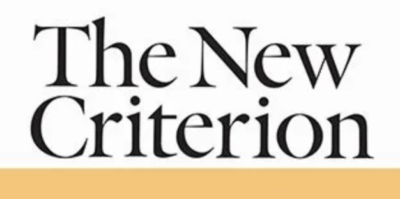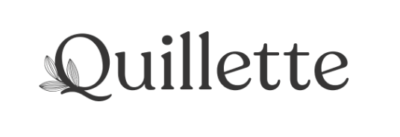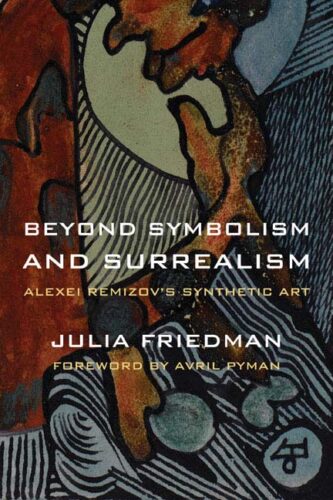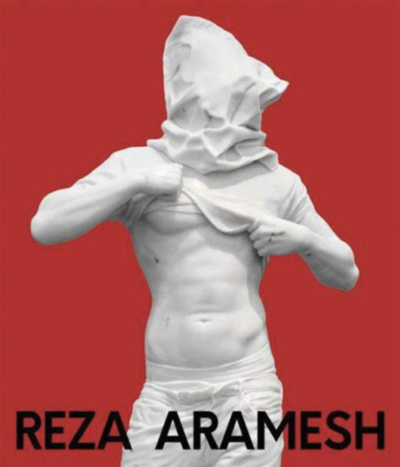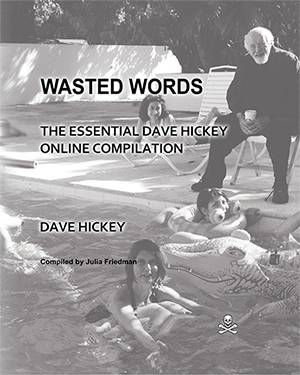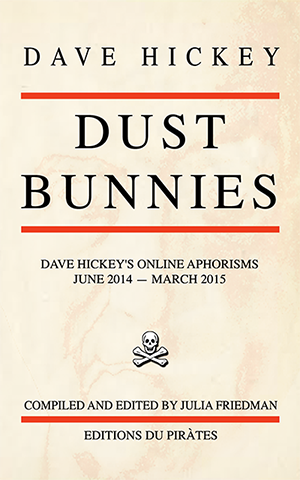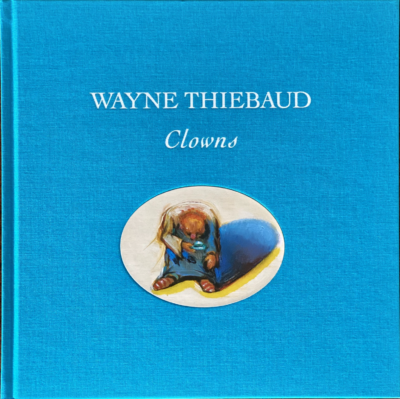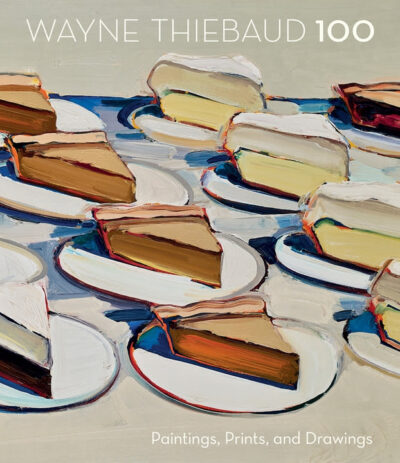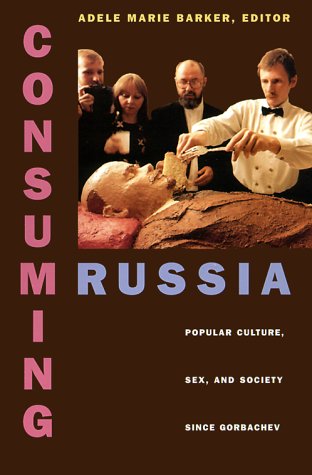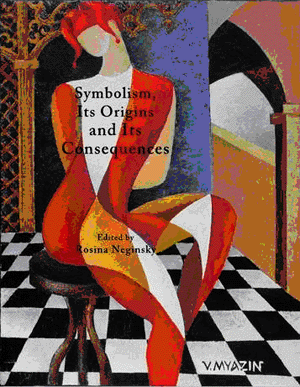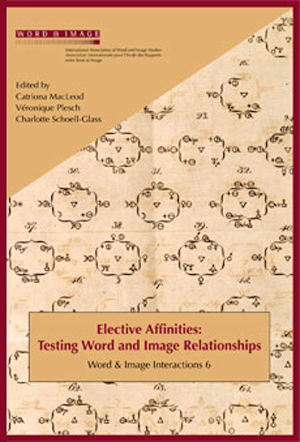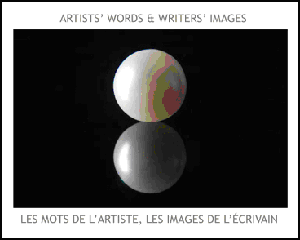Moderated by Crocker Art Museum Associate Director & Chief Curator Scott A. Shields, Ph.D., this informative discussion between three people connected to Wayne Thiebaud will center around insights and unique experiences. Join the artist’s daughter, model, and writer Twinka Thiebaud; painter and professor Hearne Pardee; and critic and art historian Julia Friedman, Ph.D., for a singular program on Thiebaud and his […]
It is telling that among ten contributions to the catalogue by contemporary artists whose work has been influenced by Guston, three dealt specifically with the “sensitive” references. Two of these were penned by African American artists— Trenton Doyle Hancock and Glenn Ligon, who, far from being offended by Guston’s allusions to the KKK, found them redemptive and even “woke.”
Tags:
Art History,
controversy,
impact,
intent,
museums,
NGA,
open letter,
Philip Guston,
retrospective,
safetyism,
woke Comments Off on Philip Guston (Not) Now: the Impact Argument |
Read the rest of this entry »
According to Wayne Thiebaud, his latest painting, which he cheekily named “100 Year-old clown,” is the summation of his clown series that has been in the works for the last five years. “Clowns” will be exhibited at the Laguna Art Museum December 6, 2020–April 4, 2012. Wayne Thiebaud, 100 Year-old Clown, 2020 Oil on canvas, 18 x 14 inches […]
My latest article for The New Criterion explores how one of Vermeer’s iconic paintings known for its minimalist subtlety, was, in fact, didactic and obvious. The “Girl Reading a Letter At an Open Window,” now in Staatliche Kunstsammlungen Dresden, originally contained an image of a giant Cupid painting on the back wall. The Cupid was overpainted after […]
Tags:
Art History,
conservation,
cupid,
iconography,
Johannes Vermeer,
painting,
punctum,
School of Delft,
Staatliche Kunstsammlungen Dresden,
studium,
visual poetry Comments Off on On “A ‘new’ Vermeer in Dresden” |
Read the rest of this entry »
If we take Henri Matisse’s famous assertion that art should be something like a good armchair in which to rest from physical fatigue at face value, we might end up with something approaching the “happy [x]” philosophy of Bob Ross, whose message was perfectly suited for television—the medium which help to spread it. I discuss […]
Miles McEnery Gallery’s latest publication contains an essay I wrote about the Los Angeles based painter Annie Lapin. In the essay, I place Lapin’s latest body of work “The Art of Heads and Hands” in the context of Henri Focillon’s theories about the life of forms in art. Hard copy of the catalogue is available […]
I am delighted to announce the arrival of Mental Illness in Symbolism, edited by my colleague Professor Rosina Neginsky, just out with Cambridge Scholars Publishing. My modest contribution to the volume, is an article on Alexei Remizov’s literary exploration of madness as a form of creativity. The idea of hysteria as a creative catalyst, which […]


